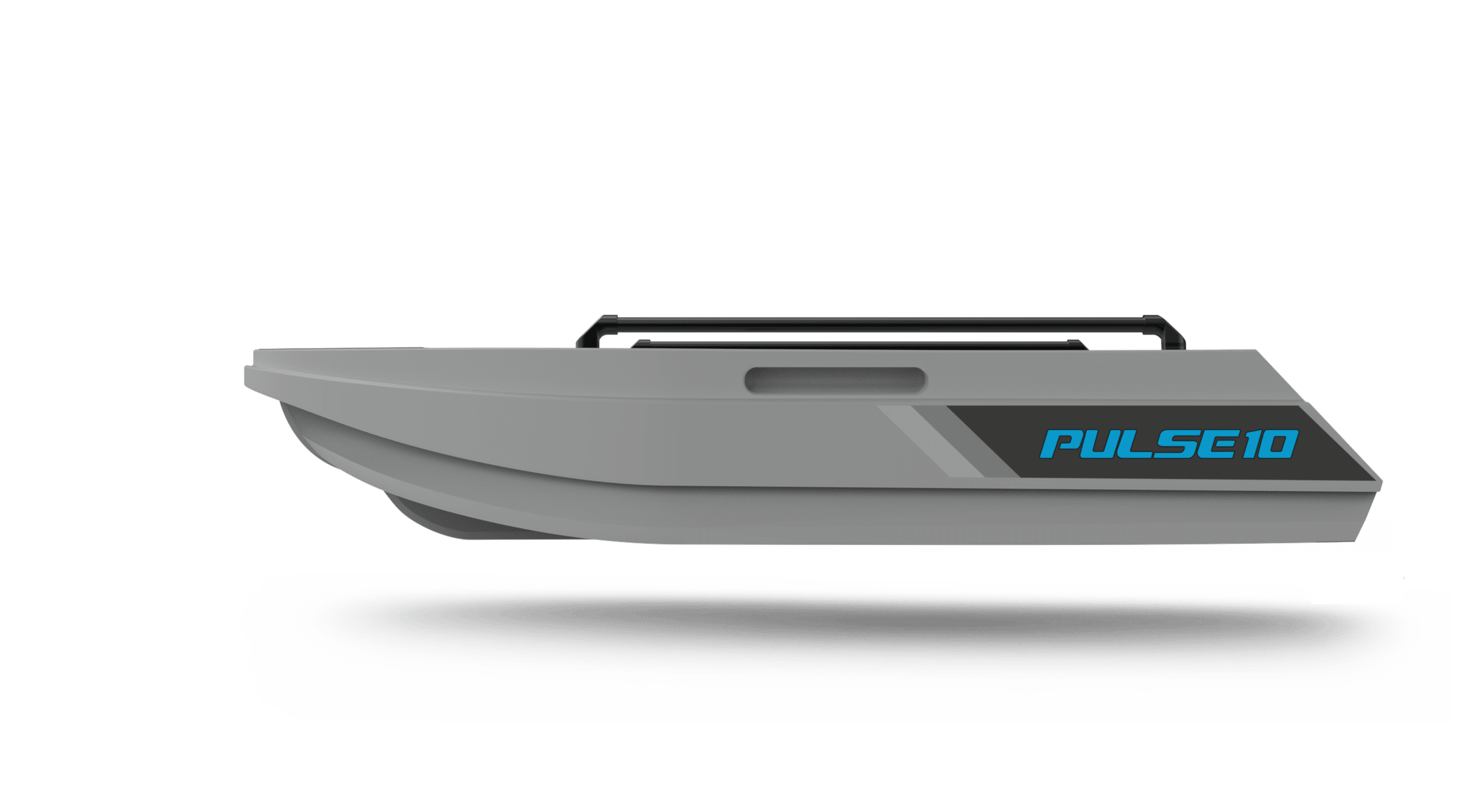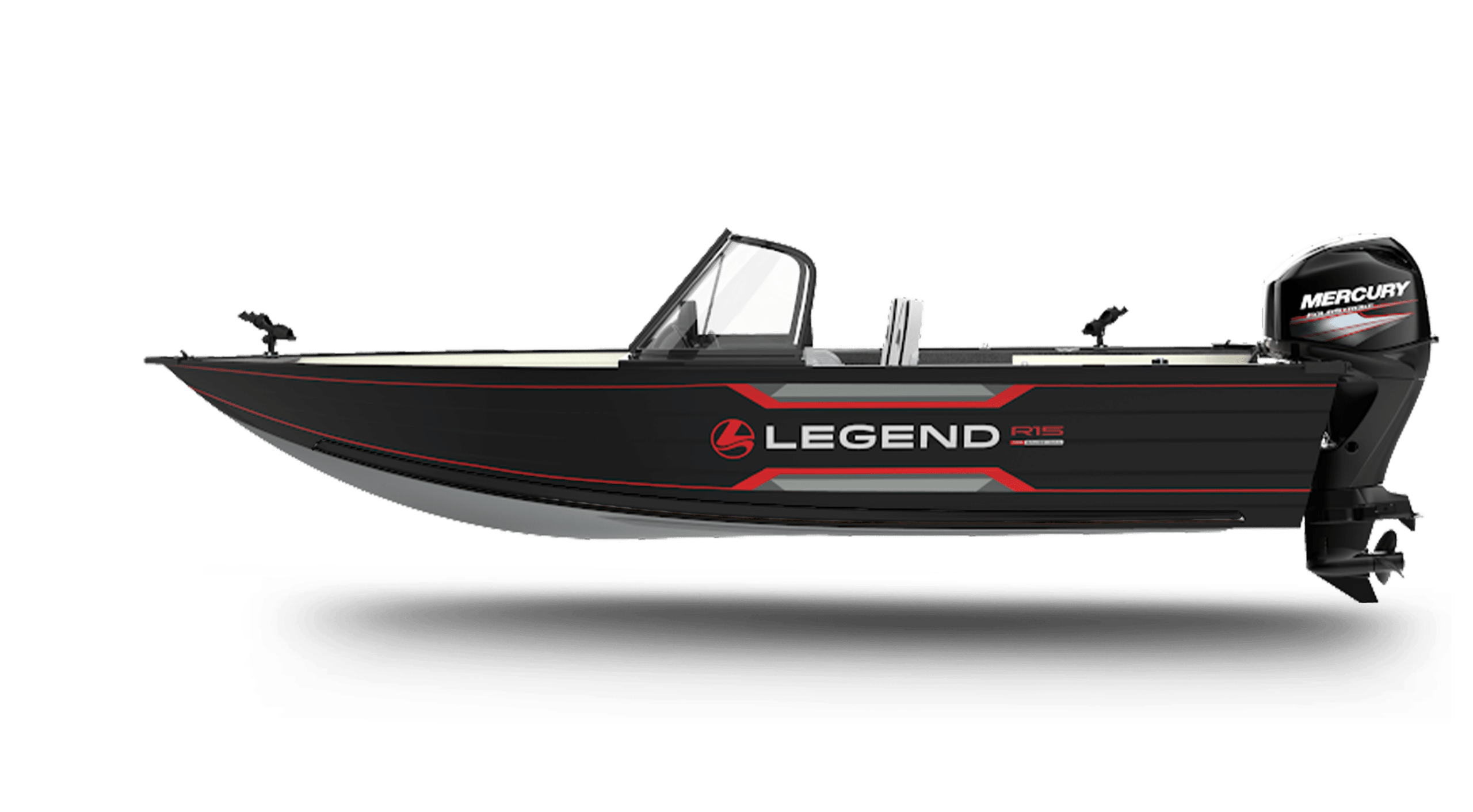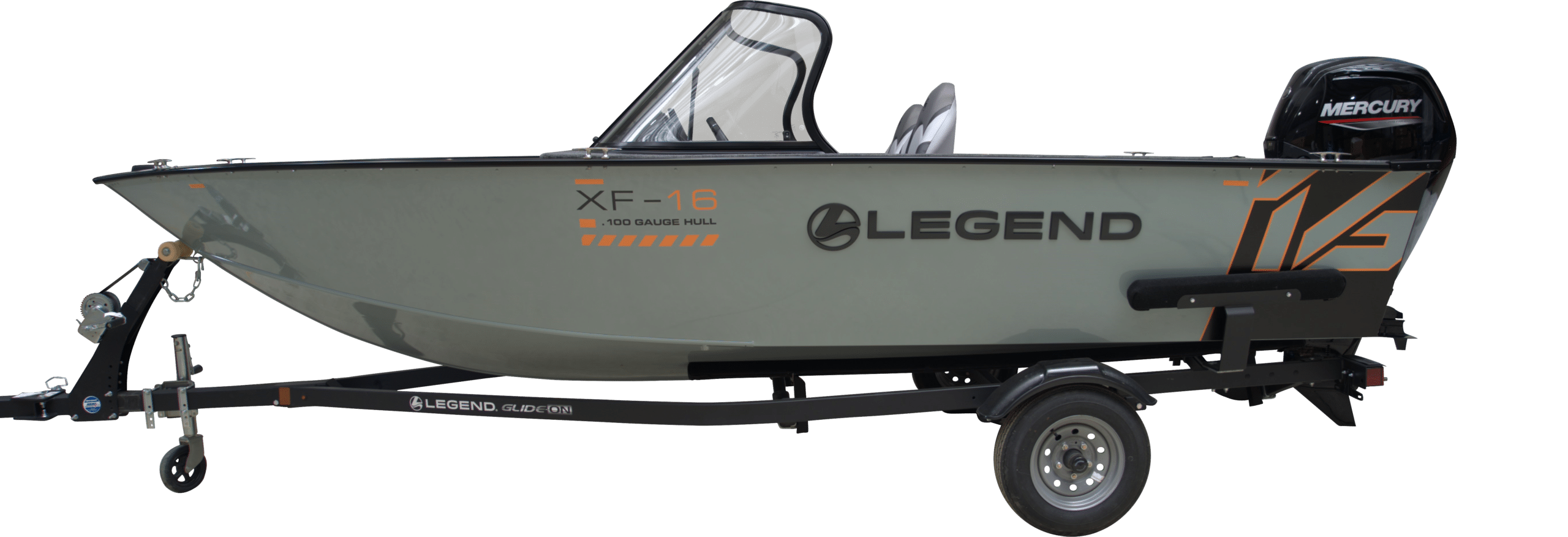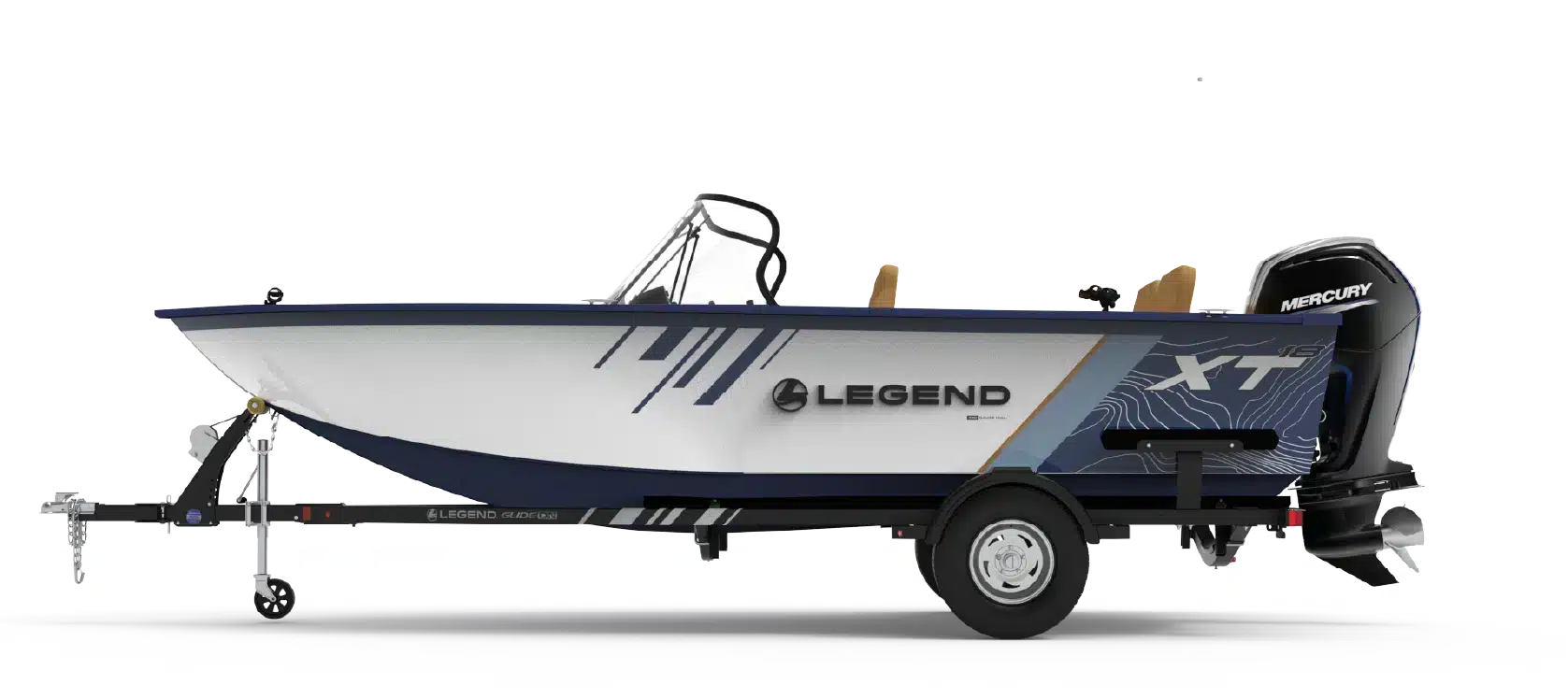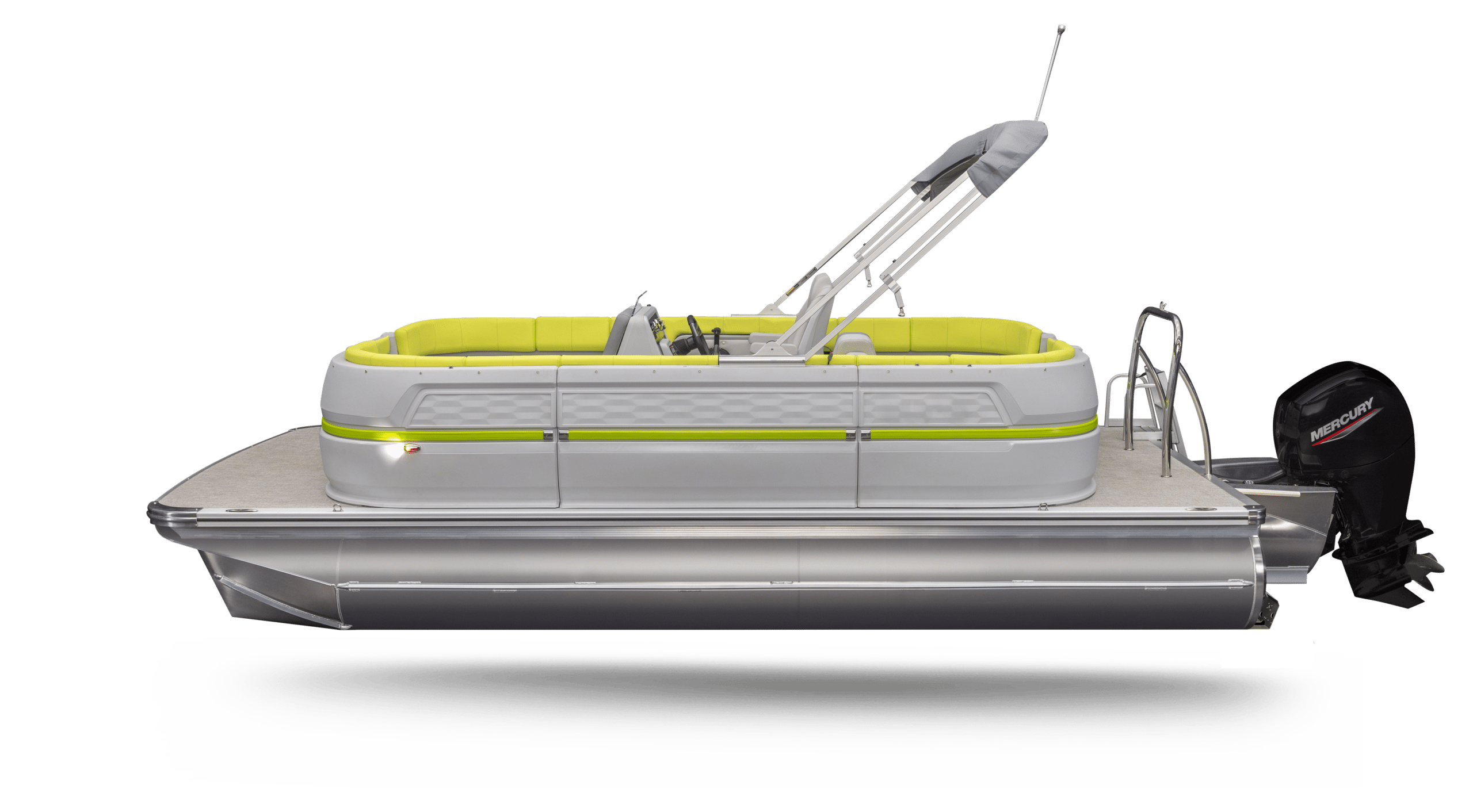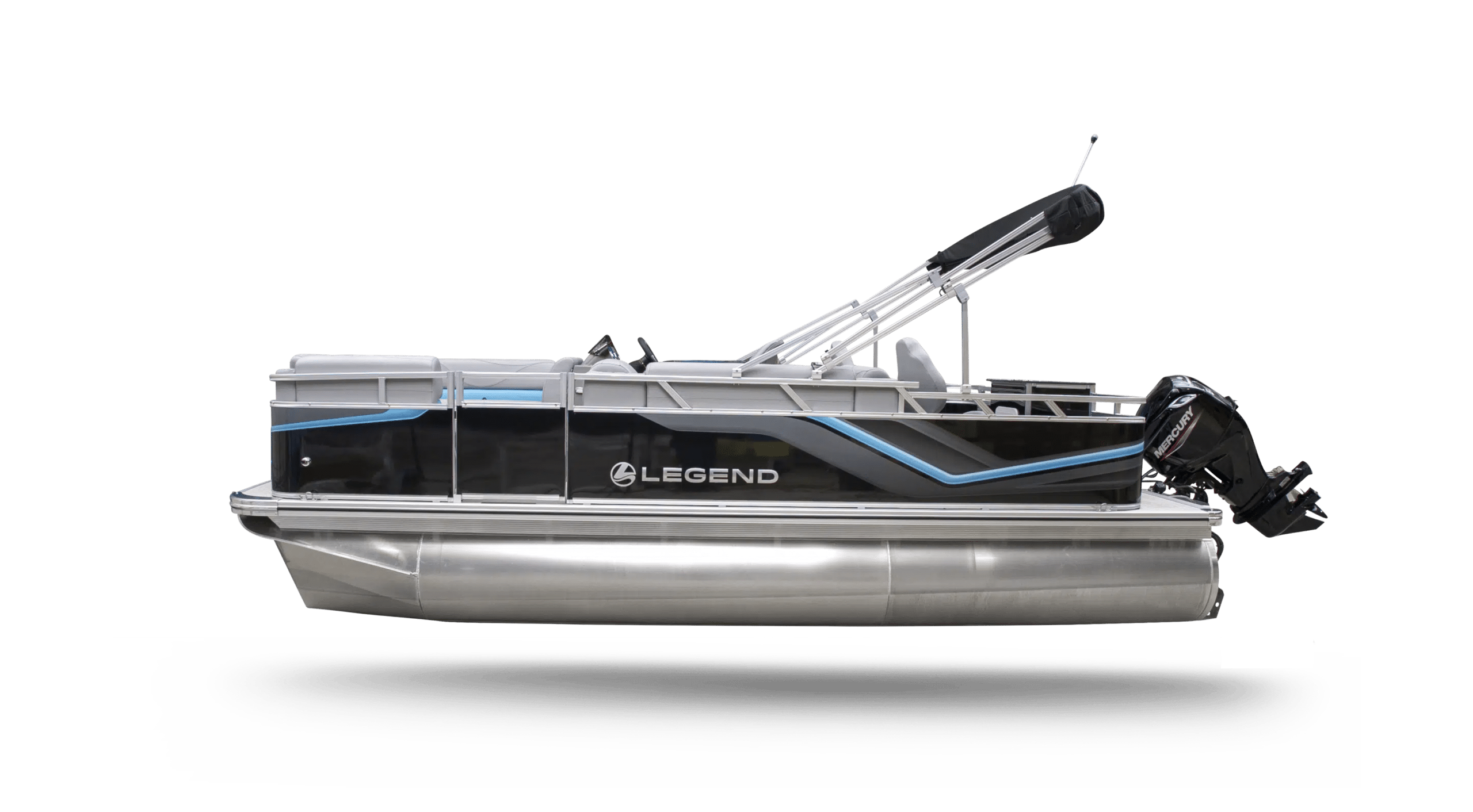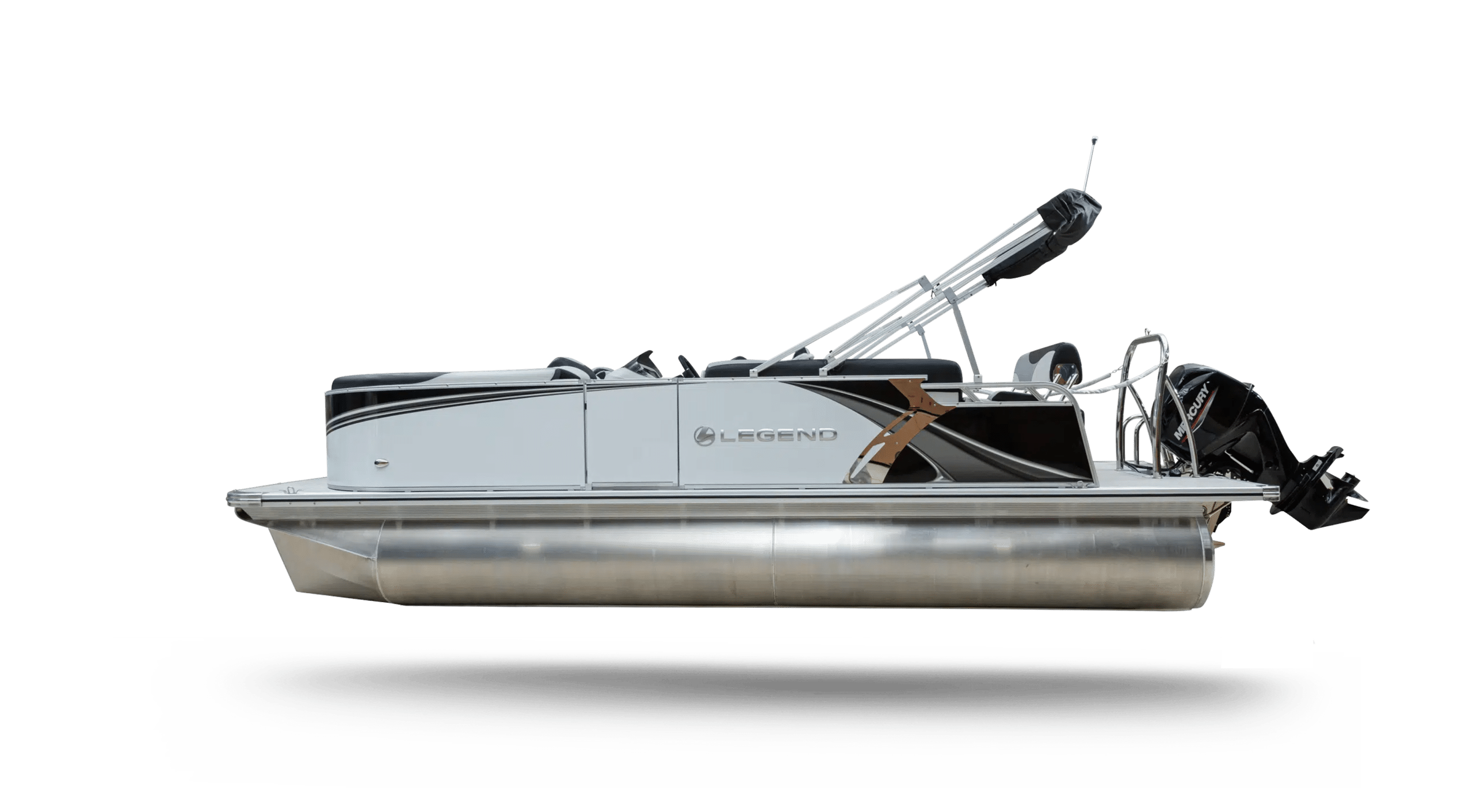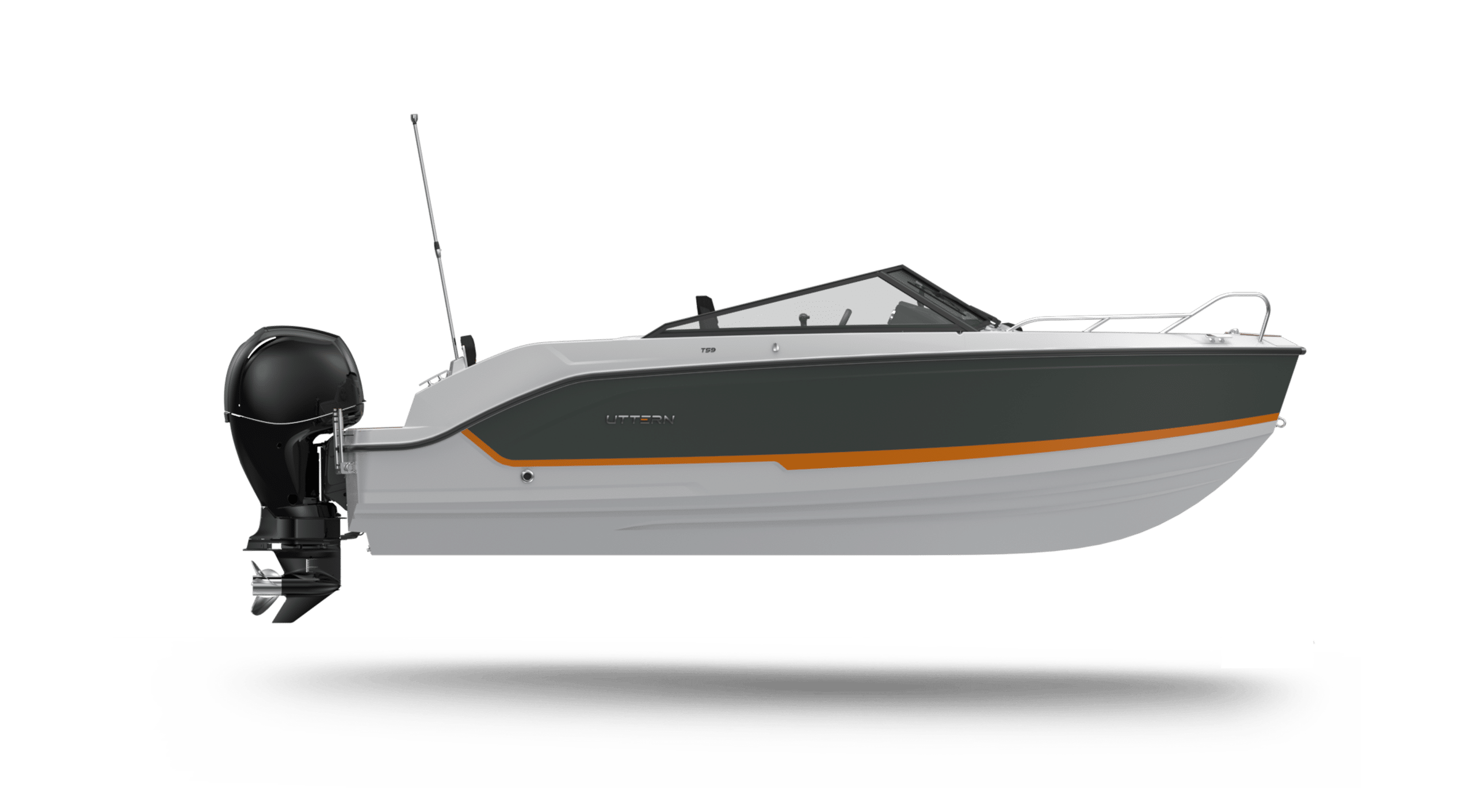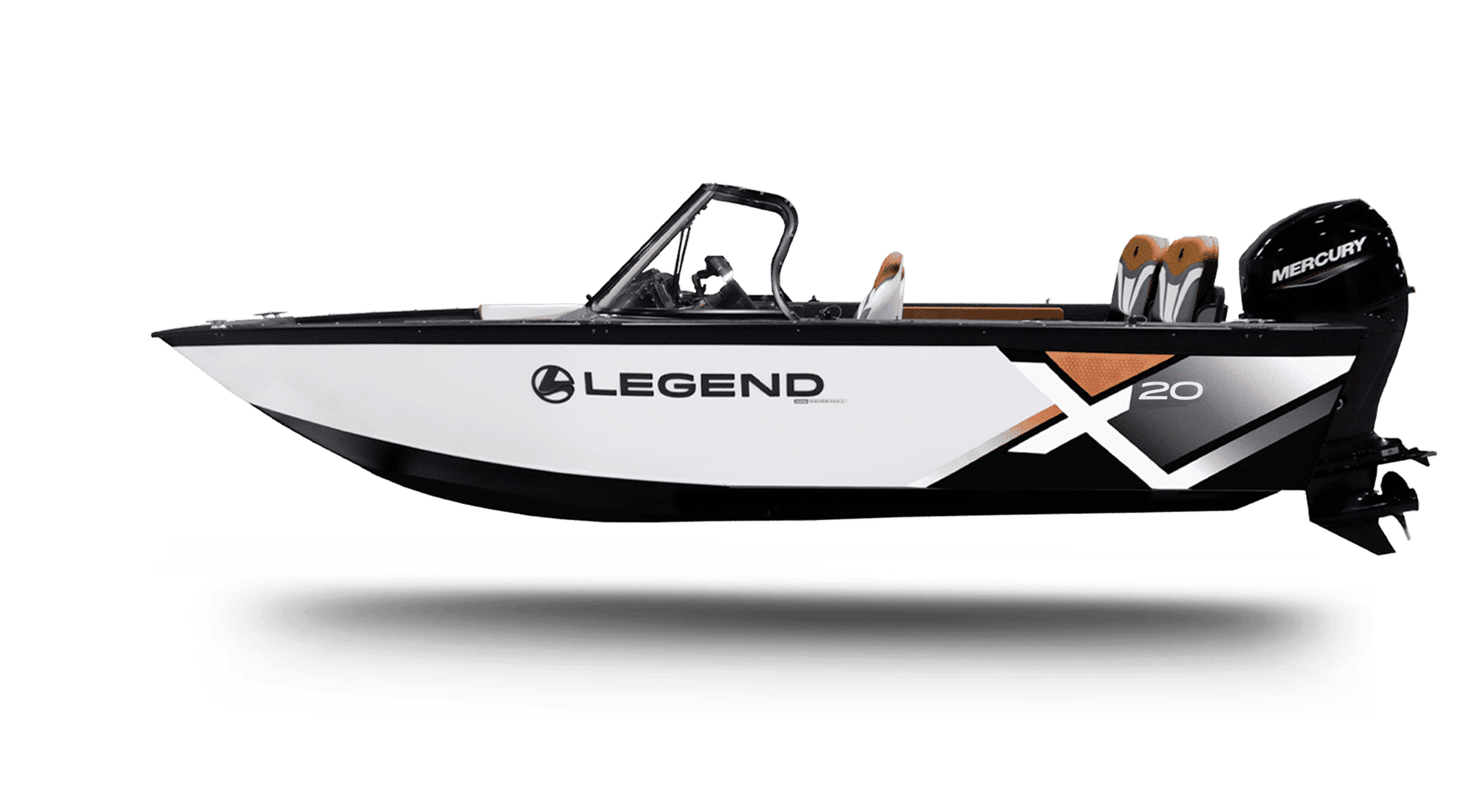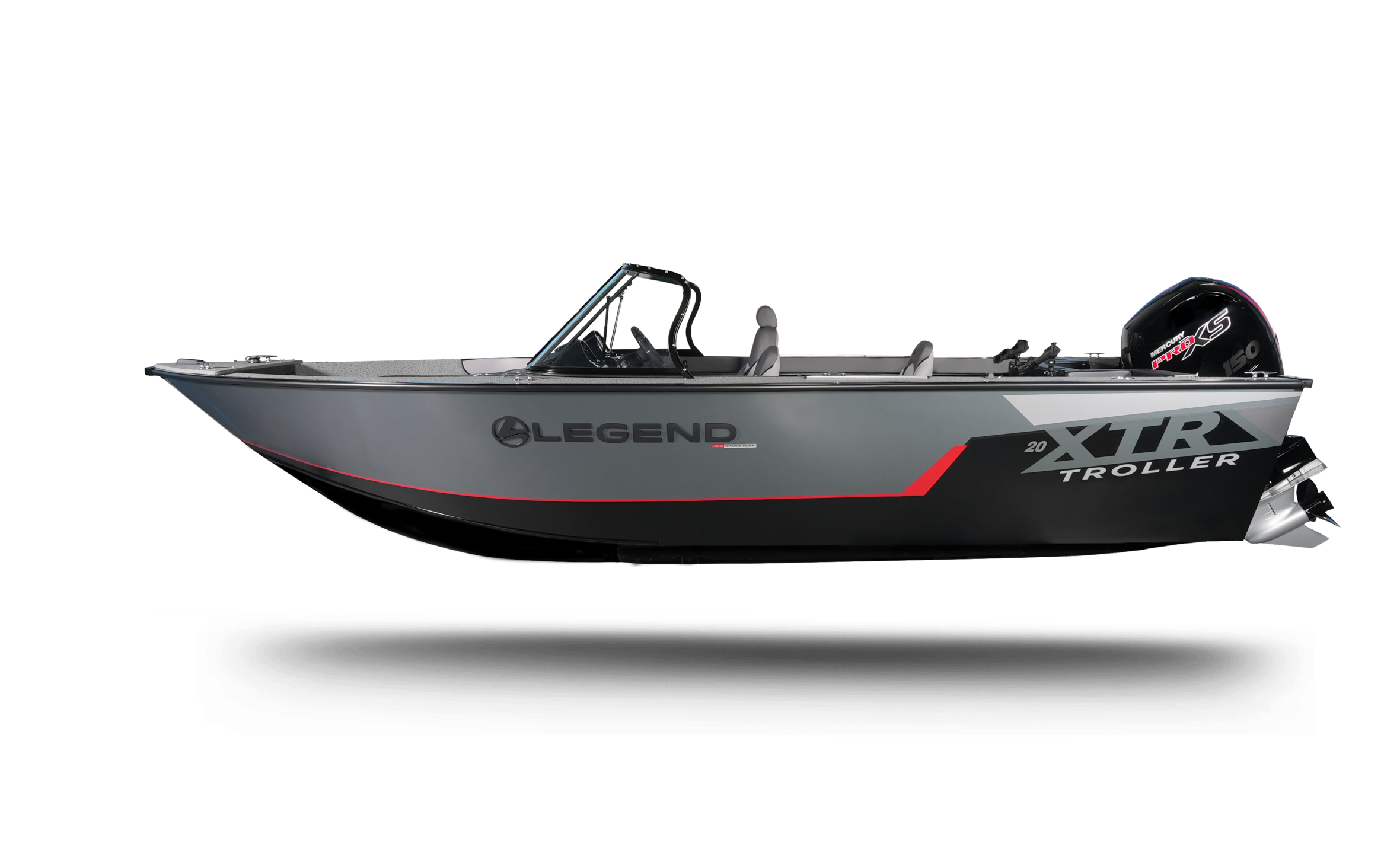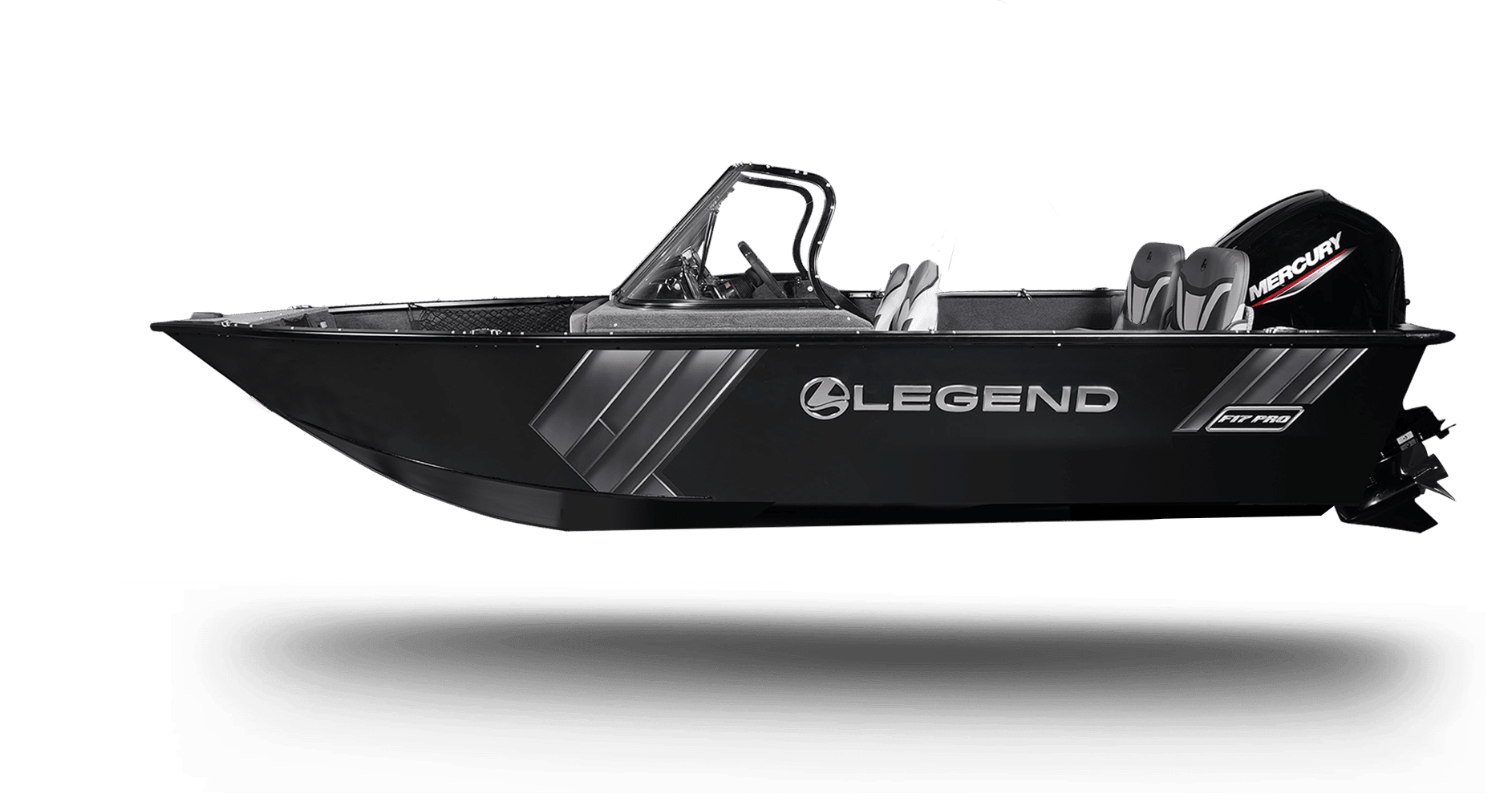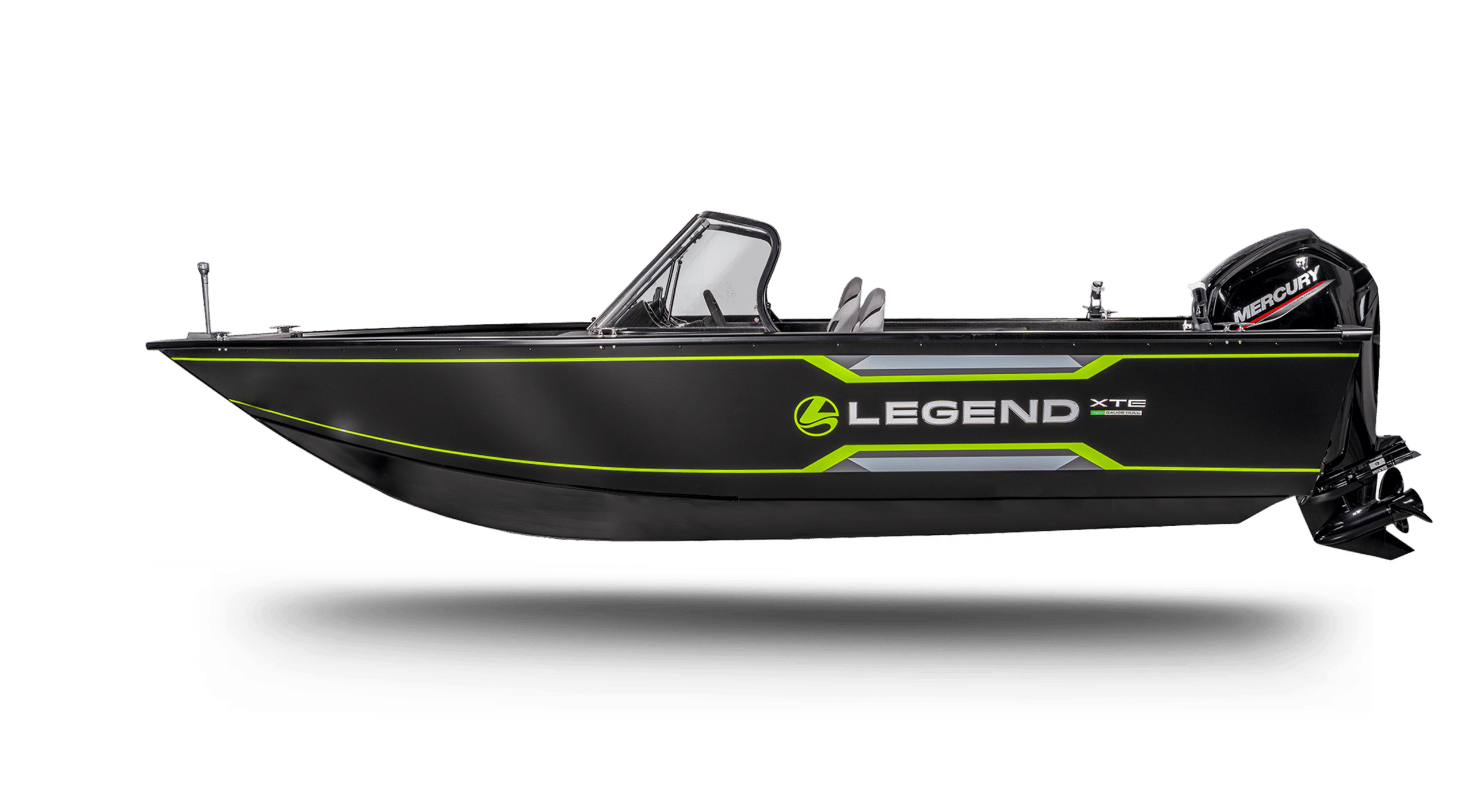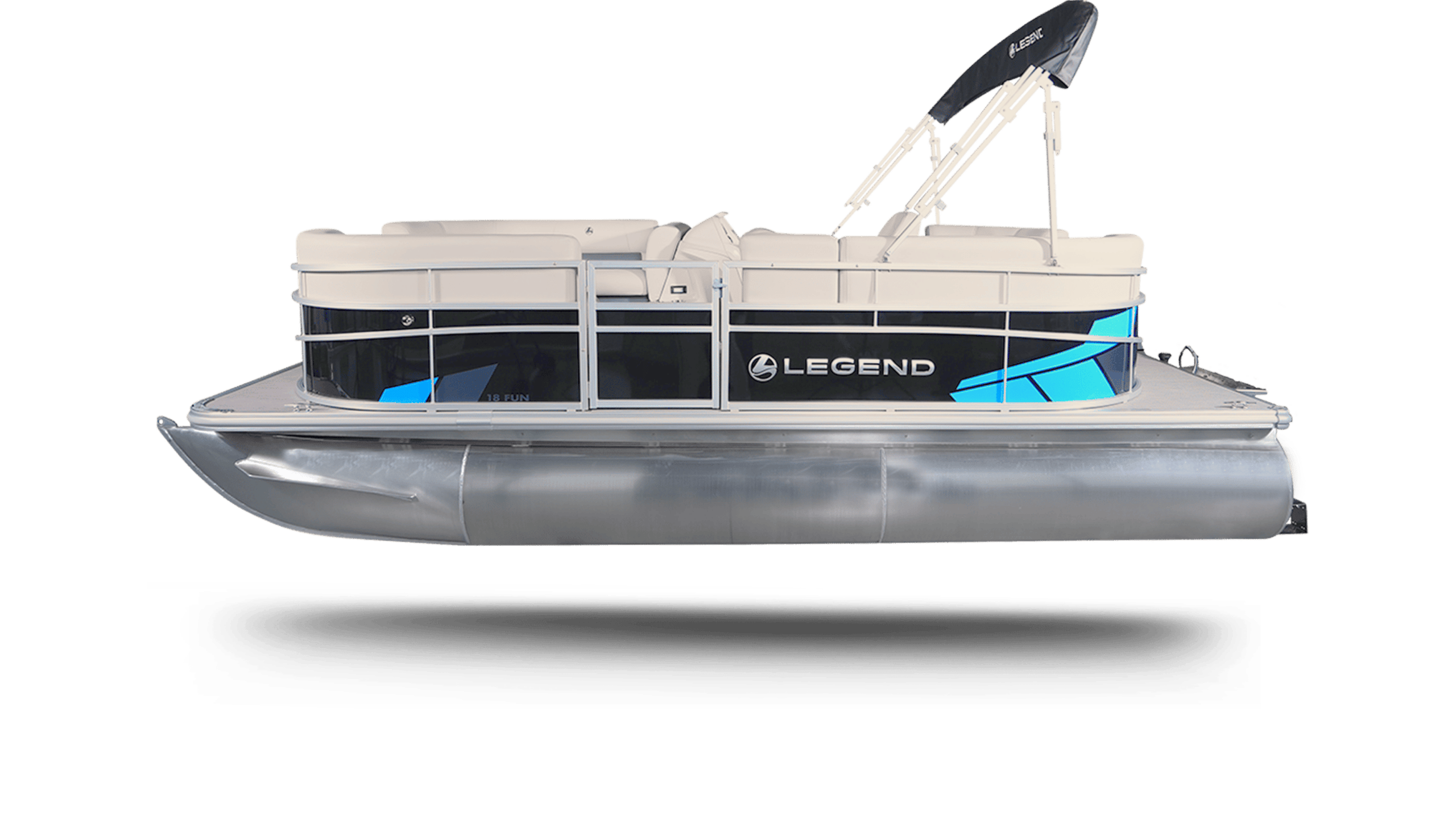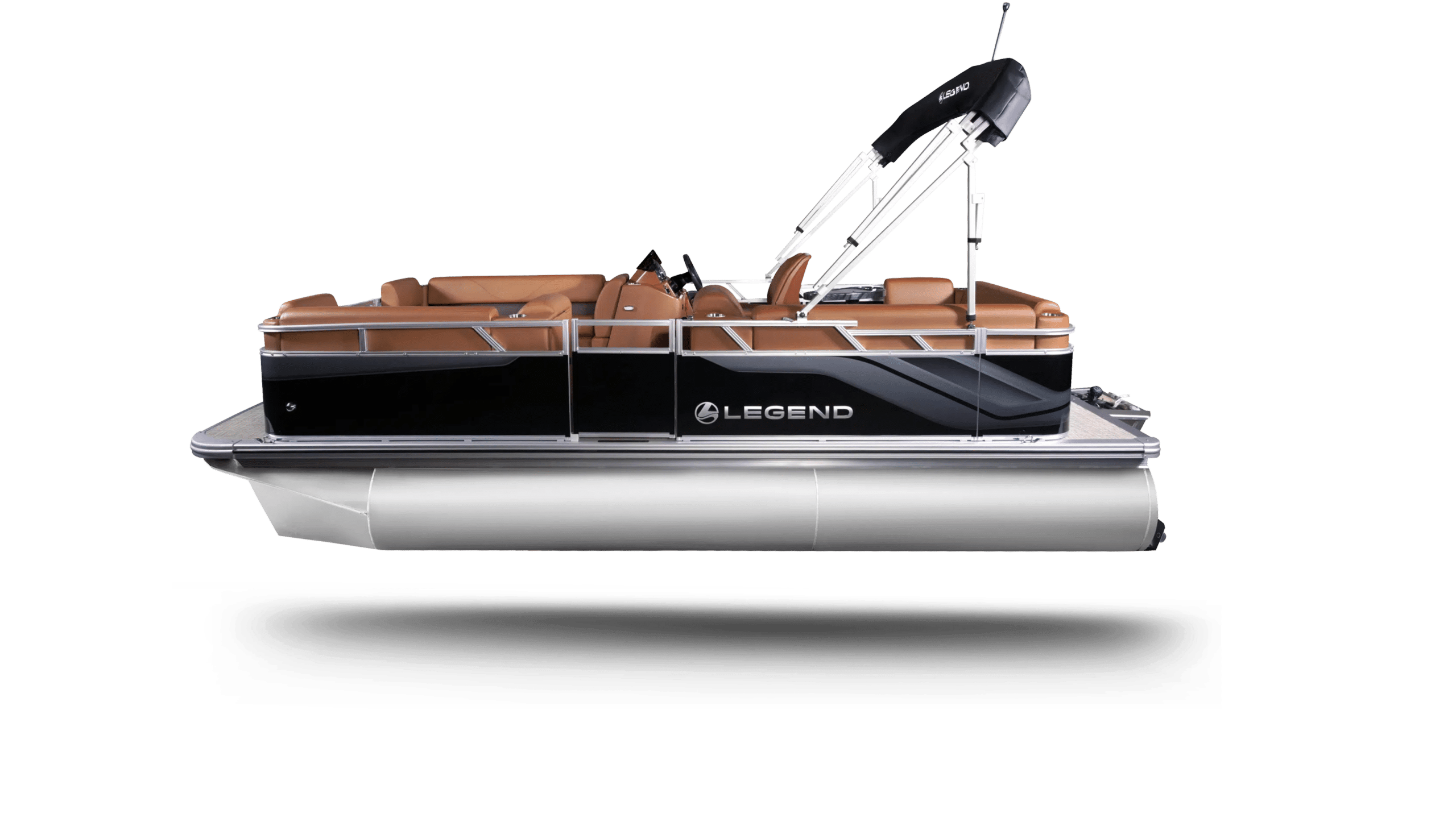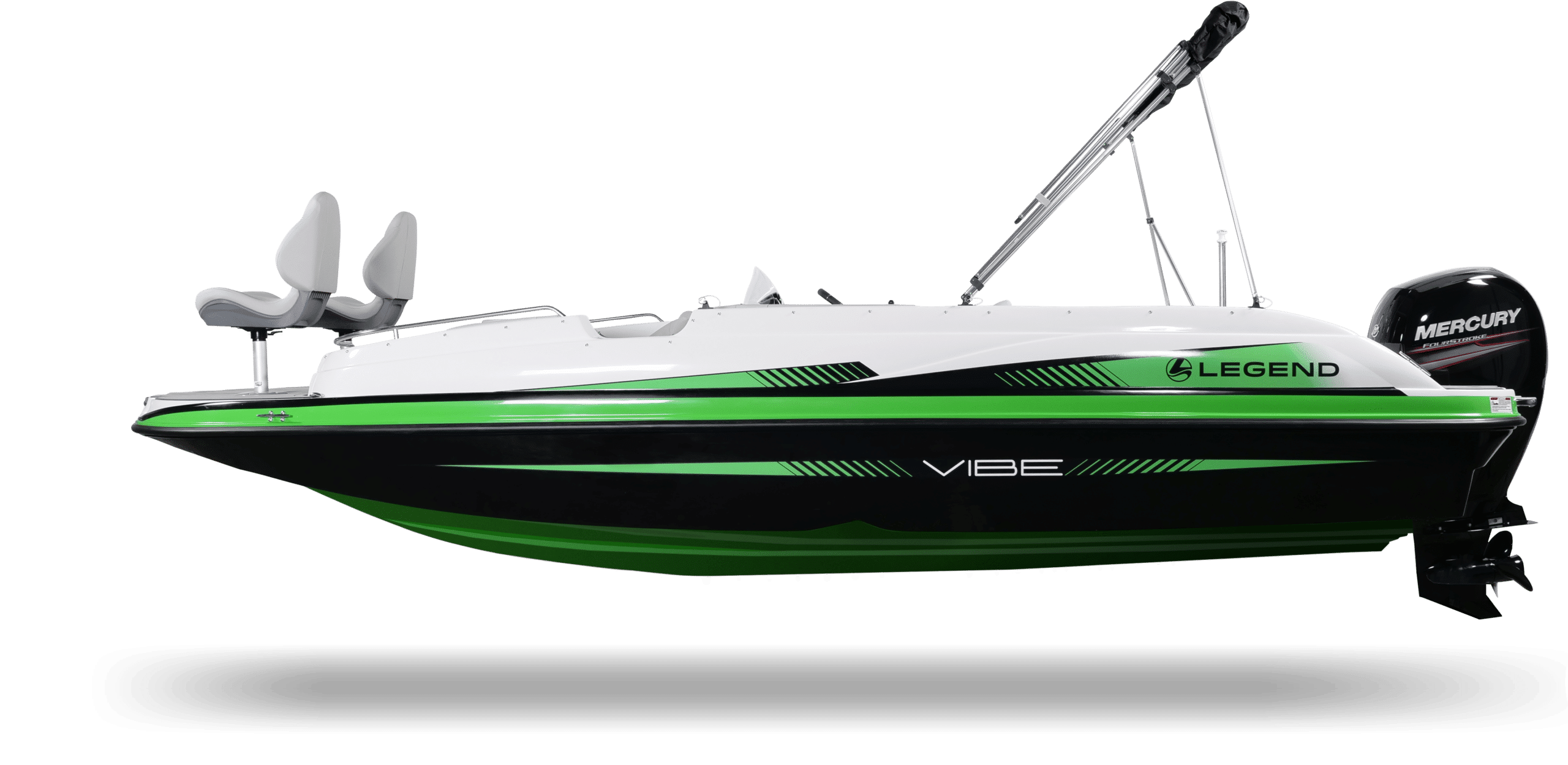Boat Motors: How to Pick the Right Outboard Motor For Your Boat

Why Does Boat Motor Selection Matter?
Picking the right outboard motor for your boat can be tricky. If you pick something under powered, you might not be able to reach a plane, much less hit top speeds. Counter-intuitively, using an under powered motor can also make your boat less fuel efficient. Why? Because if you don’t reach a plane, you’ll be fighting against the water the whole time.
By the same token, picking something over powered is even more problematic. Every boat has a designated maximum for horsepower. Go over that limit, and your boat will be legally considered “unseaworthy” in Canada. According to the Criminal Code of Canada and the Canada Shipping Act, it’s illegal to knowingly operate an unseaworthy vessel. Fines start at $500, and can even lead to up to 6 months of prison time. Ouch.
That’s why we make it easy. On our website, in our catalogues, and when you visit our showrooms in person, we show you exactly which outboard motors are fit for your boat. No fuss, no muss.
What’s an Outboard Motor?
You may be wondering: What’s an outboard motor, and is there also such a thing as an inboard motor?
An outboard motor is a boat motor that gets mounted on the transom (at the back) of the boat. In other words, it’s probably exactly what you think of when you picture a boat’s motor.
So why don’t we simply say “boat motor”? Why do we call them “outboard motors” instead? Simply put, there are other types of boat motors out there:
- An inboard motor has its engine located on the inside of the boat’s hull and connects to a propeller on the outside of the boat. Unlike an outboard motor, an inboard motor does not steer the boat. Instead, a rudder is located behind it to direct the stream of water and steer the boat.
- A sterndrive motor uses an inboard engine to connect to a drive unit instead of a propeller. In essence, instead of steering with a rudder, the drive unit as a whole (including the propeller) moves from side to side to steer.
- A jet drive motor is the kind of motor you’ll find on a jet ski. It sucks up water through an intake at the bottom of the boat and shoots it out the back to propel the boat. These motors are steered by moving the direction of the jet stream. These are generally considered the most challenging type of motor to operate safely, because they lose steering as soon as you let go of the gas.
At Legend Boats, all our boats use outboard motors from Mercury Marine. They’re efficient, powerful, drive well, and they’re comparably easy to maintain and replace.
Motor Tear Down
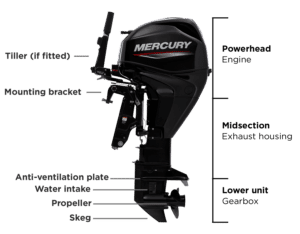
Every outboard motor is broken down into 3 primary sections: the powerhead, the midsection, and the lower unit.
The powerhead is where your engine lives. If you’re a gear head and love pistons, this is where you’ll find them. Your fuel line will connect here. You’ll also find your motor’s tiller attached to the powerhead, if your motor was fitted with one.
(What’s a tiller? It’s the “stick” that allows you to steer your boat. Most of our boats come with a steering wheel instead, but you can find tiller models in the F-Series, XTE-Series, and R-Series.)
The midsection holds your mounting bracket (which gets mounted on your boat’s transom), and houses your exhaust and driveshaft.
The lower unit contains your propeller, skeg, water intake, and anti-ventilation plate:
- On an outboard motor, your propeller provides propulsion and most of your steering capability.
- The skeg extends beyond your propeller, so that if you hit something in the water or run aground, your propeller doesn’t get damaged. Seeing as the propeller is connected to the driveshaft, which is itself connected to the engine, the skeg prevents a lot of expensive repair bills. Additionally, it acts as a rudder, allowing you to steer even when the propeller isn’t spinning.
- The water intake circulates fresh and cold water through the engine, preventing damage from overheating. It’s important that this always be submerged when operating the motor.
- In boating terms, ventilation happens when air displaces water around the propeller. That will cause your boat to lose speed for a moment, and then “jump” when the water returns. This can happen over and over again and result in an unpleasant ride. The anti-ventilation plate helps to keep the propeller surrounded by water, not air.
Maximum Horsepower
Every boat is legally required to have a Canadian Compliance Notice that, among other things, tells you the maximum horsepower permitted for that vessel. Here’s an example:

Image Credit: boat-ed.com
This label, for example, shows that this particular boat’s maximum is 50 HP. Not only is it illegal to to use a more powerful motor than this, it’s dangerous. How so? The biggest risk is that an over powered motor will end up accelerating the transom past the rest of the boat. (This is very bad.)
So, the easiest way to know what kind of power your boat can handle is to simply read the label. In general, you’ll want something that is within 60%-100% of that maximum. (So for the label above, anything between 37.5 and 50 HP is appropriate.) There are no safety concerns with having a motor that is less powerful than that, but you may be unable to enjoy your boat for all of the activities you intended.
But maybe you don’t like to do things the easy way. Maybe you want to dive into the math involved in establishing these maximums in the first place.
How to Calculate Your Boat’s Maximum HP
The first step is to calculate your “Factor”.
Boat length × Transom width = Factor
If your Factor is 52 or less, you can jump right to the HP capacity tables:
- 0 – 35, max. 3 HP.
- 36 – 39, max. 5 HP.
- 40 – 42, max. 7.5 HP.
- 43 – 45, max. 10 HP.
- 46 – 52, max. 15 HP.
Some of our models in the R-Series have maximum HP capacities within these ranges. The one added caveat for boats in this range is that if your boat is flat-bottomed or has a hard chine, then your maximum HP will be the next lower rating. (Again: It’s easier to just read the label. We’ve already figured this stuff out for you.)
If your Factor is above 52, you’ll need to also take into account your transom’s height. There are 3 scenarios with 3 different formulas:
- For boats with remote steering AND transom heights of 20″ or more:
(Factor × 2) – 90, rounded up to the nearest multiple of 5. - For boats without remote steering OR transom heights less than 20″:
(Factor × 0.8) – 25, rounded up to the nearest multiple of 5. - For flat-bottomed or hard-chine boats that either don’t have remote steering OR have transom heights less than 20″:
(Factor × 0.5) – 15, rounded up to the nearest multiple of 5.
We made a calculator to make it easier:
Minimum Horsepower
While maximum horsepower is determined by the formula above, there technically isn’t such a thing as minimum horsepower. There’s nothing stopping you from under powering your boat. So how do you know how much HP is enough?
This varies from boater to boater. It depends on things like how many passengers you’ll have, how you intend to use your boat, how much equipment you plan on lugging around, etc.
At Legend Boats, we base our motor recommendations on real-life usage. We send two people out on the water and try different motors until we find the sweet spot, i.e. the minimum amount of horsepower required for that boat to reach a plane while carrying two passengers. Some boats can get away with less than 50% of their maximum, and so we make those available on those models. We’ve found that most boats need something within the 60–75% range to reliably get on a plane.
So the Legend Boats answer to “what’s the minimum amount of horsepower I need?” is: However much it takes to get on a plane. The motors listed alongside our boats have been tested and found to surpass this minimum requirement.
Outboard Motor Shaft Length
The height of your transom determines how far into the water your propeller will go. This is very important.
If the shaft is too long, it will create drag by extending too deeply into the water. That drag, in turn, will impact performance and fuel economy. On the other hand, if it’s too short, the propeller will be more likely to suffer from ventilation problems. Even worse, if the water intake ports are above the water, your engine will likely overheat.
The good news is that the boating industry has standardized on 3 transom heights for boats with outboard motors: 15″, 20″, and 25″.
That’s the Important Stuff.
We’ve now covered all the important things to consider when choosing an outboard motor. In a future post, we’ll dive into the nitty gritty about every aspect of your motor. For now, you should be empowered to make an informed decision.
A Final Word of Caution
We’d be remiss if we didn’t mention that THE ABOVE ARE ALL ROUGH GUIDELINES AND SHOULD NOT BE TAKEN AS LEGAL OR MEDICAL ADVICE. Sorry for the all caps, but when it comes to safety, please don’t let our blog have the final say. Our goal here is to educate, not to replace the need for experts. Be sure to speak to one our Memory Makers before finalizing your purchase decisions.
